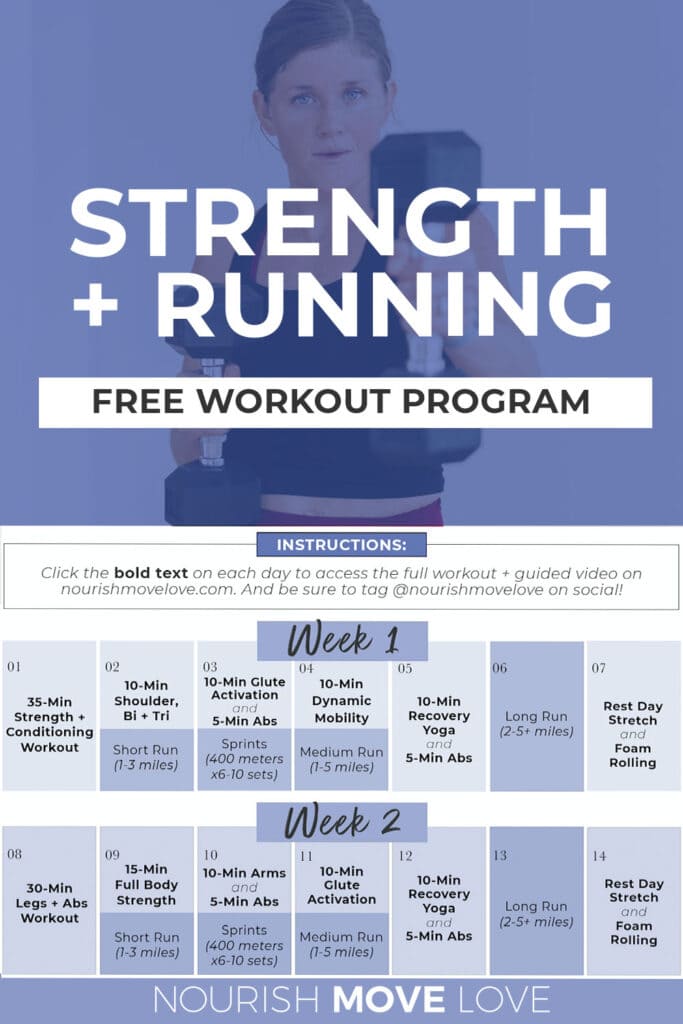How to avoid and Manage Pain in Operating: Specialist Tips and Guidance
As runners, we frequently discover ourselves caught in between the enjoyment of pushing our physical boundaries and the pain that can accompany it. The pursuit of that jogger's high can often be prevented by the undesirable buddy of pain. Whether you are a seasoned marathoner or a novice striking the sidewalk for the very first time, the nagging visibility of discomfort and pain is a typical . Nevertheless, there exist tried and tested methods and experienced suggestions that can aid minimize and handle these pains, allowing you to concentrate on the joy of running itself.
Importance of Appropriate Footwear
Correct shoes plays a vital duty in protecting against and taking care of pain for runners, as it dramatically impacts their convenience, efficiency, and overall foot health and wellness. When it concerns running, using the right footwear can make all the distinction. Uncomfortable or inappropriate shoes can lead to a host of problems such as sores, shin splints, plantar fasciitis, and much more extreme injuries like stress and anxiety fractures.
Picking the appropriate operating shoes includes considering factors such as foot kind, gait mechanics, running terrain, and individual preferences. Runners with high arches may need more padding and assistance, while those with level feet might benefit from stability shoes. Additionally, understanding pronation (the internal rolling of the foot) and supination (the exterior rolling of the foot) can assist in picking shoes that give the best level of arch support.
Investing in quality operating shoes that are ideal for your private requirements can aid stop discomfort and discomfort while improving your running experience. Focusing on correct footwear is not nearly efficiency yet also regarding securing your foot wellness in the lengthy run.
:max_bytes(150000):strip_icc()/effective-30-minute-running-workouts-2911891-0927-70272e09ac83449cadb9f1ce51656c0c.jpg)
Effective Workout Techniques
A vibrant warm-up routine prior to a run aids enhance blood circulation to the muscle mass, enhances flexibility, and improves the variety of motion of the joints. Dynamic stretches like leg swings, high knees, and hip circles are helpful in preparing the body for the physical needs of running.
In addition to dynamic stretches, including some light cardio exercises such as jogging or avoiding rope can further raise the heart price and heat up the body. This mix of vibrant extending and light cardio aids loosen tight muscle mass, oil the joints, and psychologically prepares the runner for the upcoming workout (running workout). By making workouts a consistent component of your running routine, you can substantially decrease the risk of injuries and execute at your ideal throughout each run
Trick Stretching Exercises
When planning for a run, incorporating vital extending exercises is necessary to boost muscle flexibility and prevent injuries - Read More. Dynamic extends such as leg swings, high knees, and hip circles are beneficial for heating up the muscles and enhancing series of movement prior to a run. These movements help enhance blood flow, loosen up limited muscles, and prepare the body for the task ahead
Static stretches like calf bone stretches, hamstring stretches, and quadriceps stretches need to follow a go to help in muscular tissue healing and stop rigidity. Holding each stretch for 15-30 seconds enables the muscle mass to relax and extend, lowering the threat of post-run discomfort and prospective injuries.
In addition, integrating yoga poses like down pet, pigeon pose, and back twists can target several muscular tissue teams all at once, promoting overall adaptability and toughness. Constant stretching routines not just boost performance but additionally aid in preserving good running kind and preventing overuse injuries. Bear in mind, proper extending techniques are crucial for a secure and satisfying running experience.
Healing and Relax Strategies
After finishing a run, executing reliable healing and rest strategies is vital for making best use of efficiency and minimizing the threat of injuries. Additionally, integrating remainder days into your training schedule is important to prevent overuse injuries and exhaustion.
Active recuperation methods such as gentle extending, foam rolling, and yoga exercise can assist boost blood circulation, decrease muscular tissue soreness, and improve adaptability. It is likewise useful to prioritize hydration and nourishment post-run to renew electrolytes, glycogen stores, and advertise muscular tissue recovery.
Cross-training tasks like swimming or cycling can supply a break from the repetitive impact of running while still preserving cardio physical fitness - running strategy. Listening to your body and acknowledging when it needs a break is vital to stop chronic injuries and ensuring long-term running success. Remember, remainder is not an indication useful site of weak point but an important element of a well-rounded training routine
Cross-Training Perks

It enables you to work on different elements of physical fitness that may not be targeted exclusively through running, leading to an extra balanced and versatile athlete. Additionally, cross-training can assist boost running effectiveness by attending to muscular discrepancies and weak points that might prevent performance.
Conclusion
To conclude, proper footwear, warm-up techniques, extending exercises, recovery methods, and cross-training are crucial parts in protecting against and taking care of discomfort in running. By integrating these methods right into your routine, you can reduce the risk of injury and discomfort while taking full advantage of performance and enjoyment of the sport. Read More. Keep in mind to pay attention to your body, prioritize rest and recovery, and look for professional guidance when required to make sure a risk-free and efficient running experience